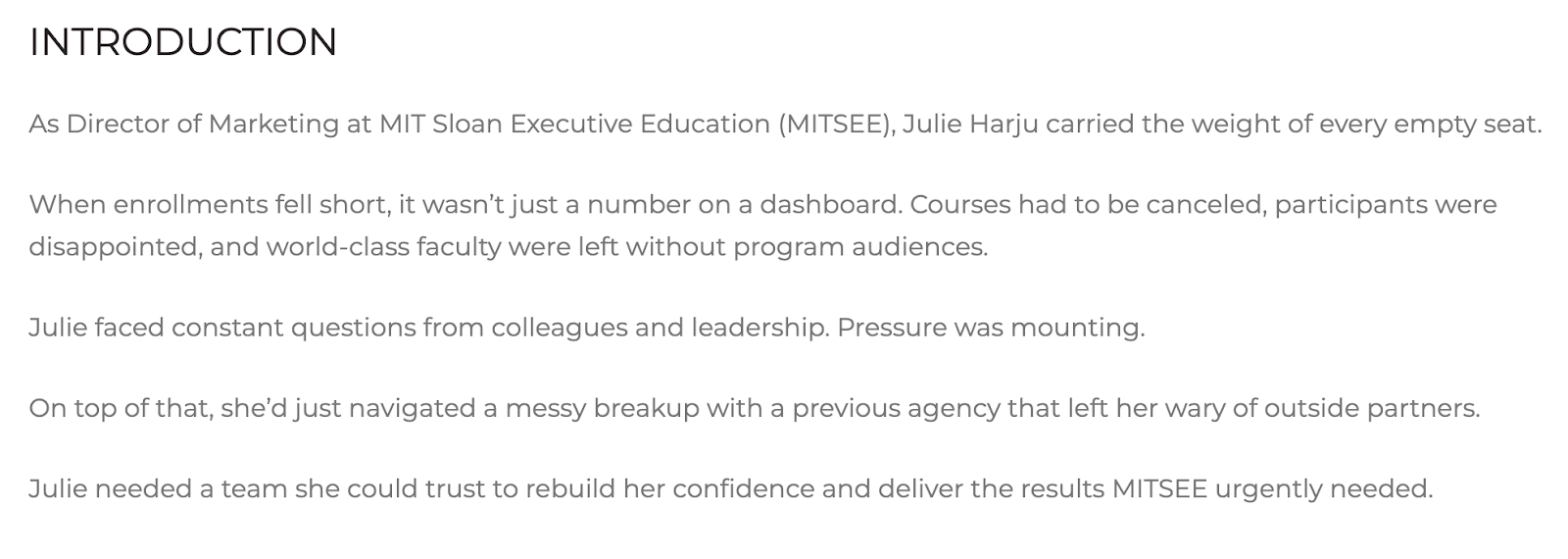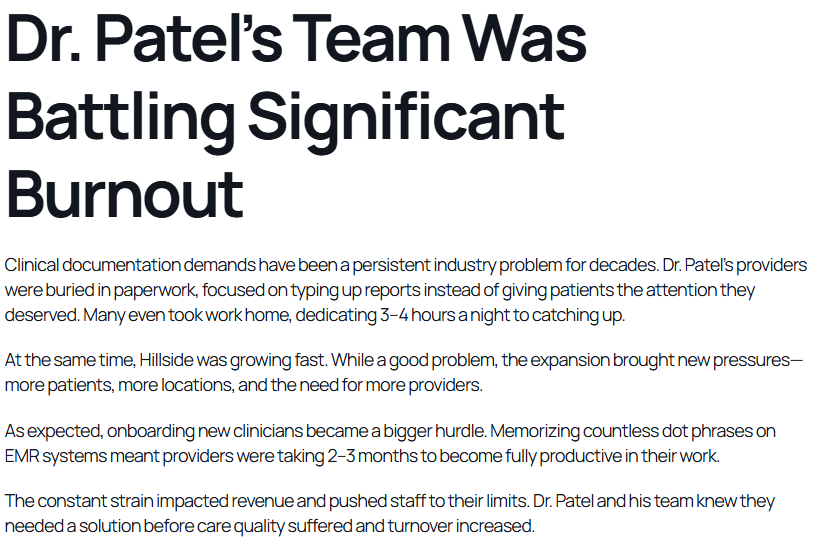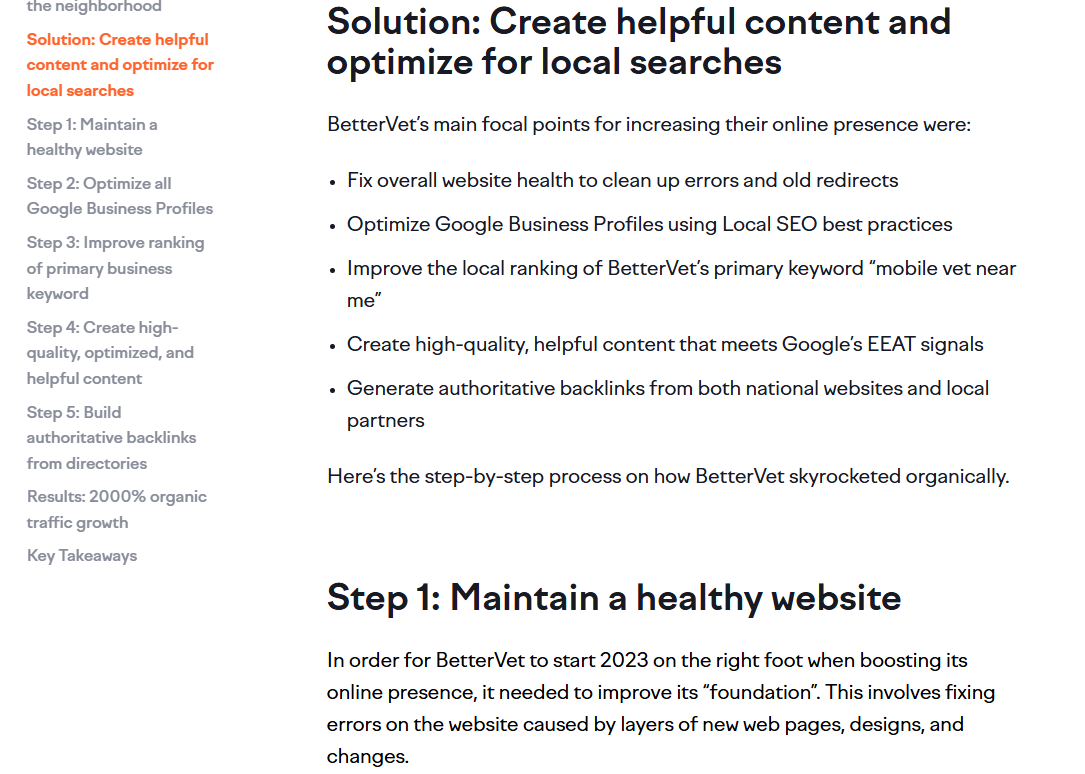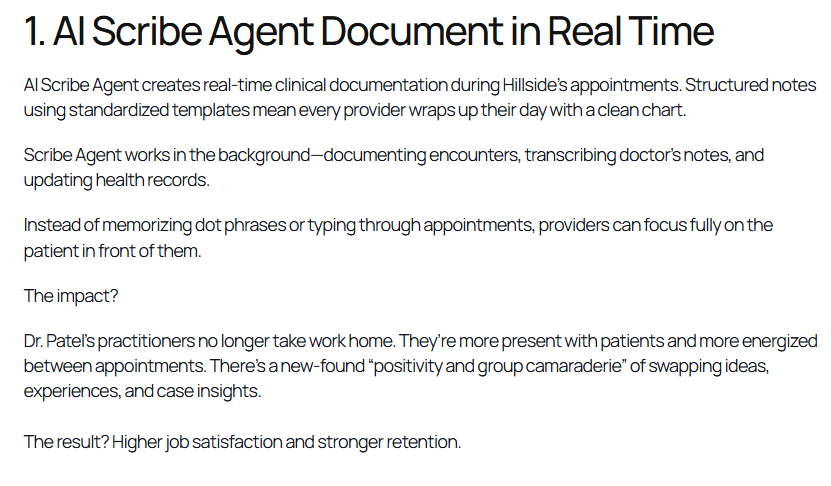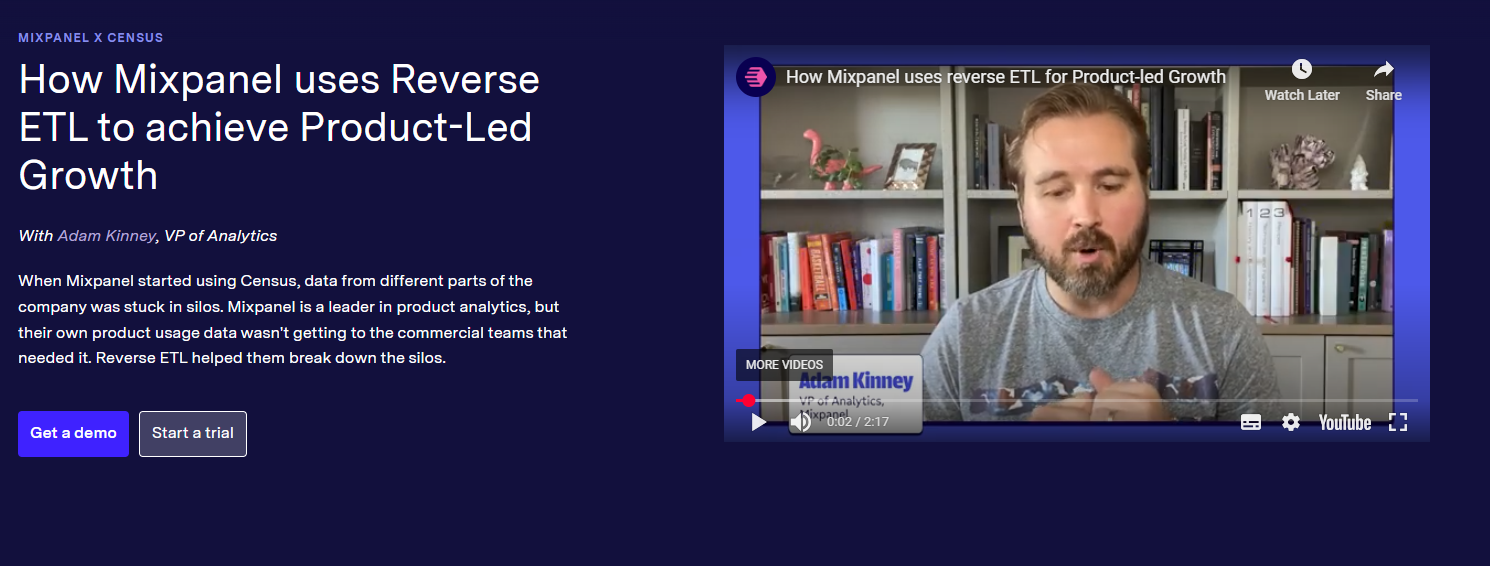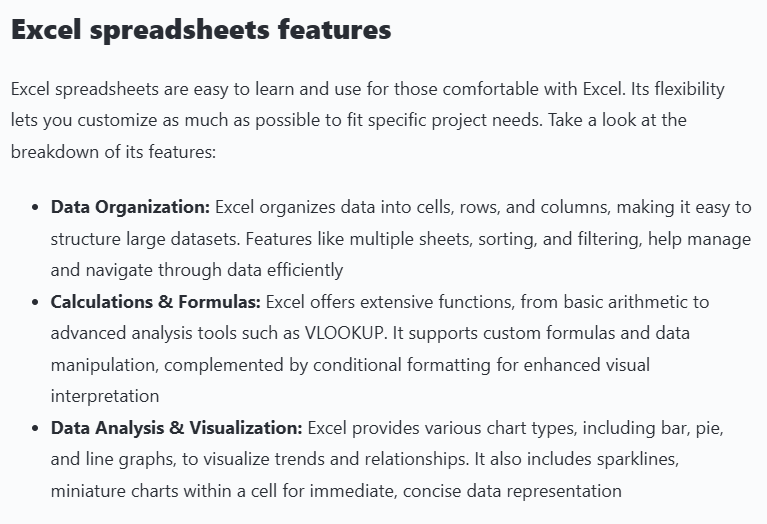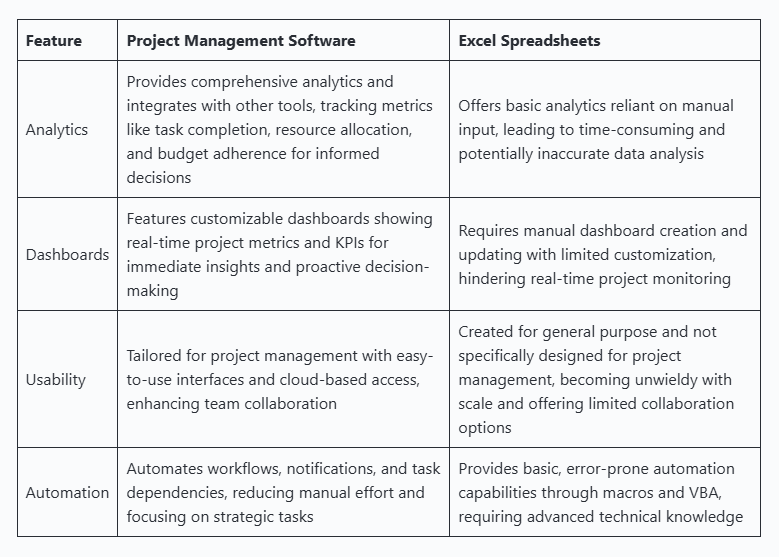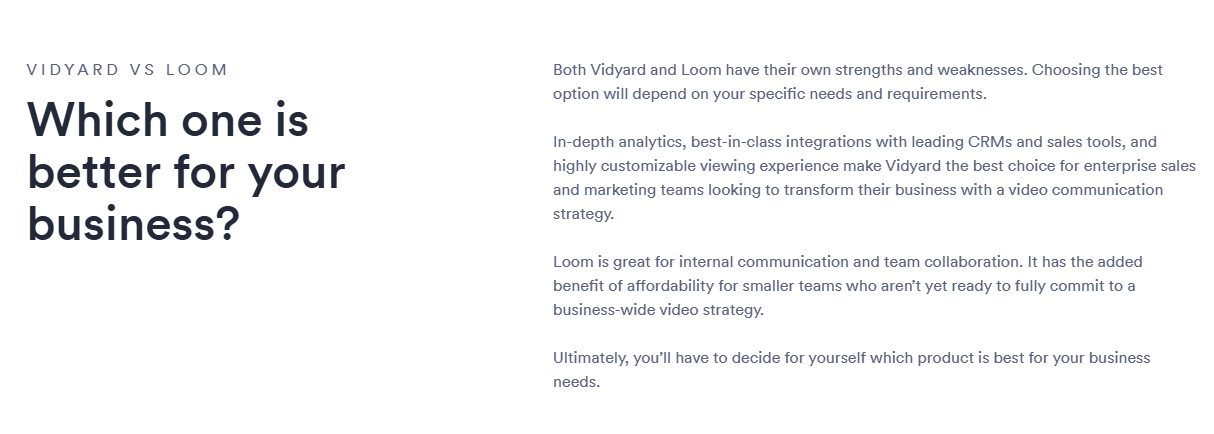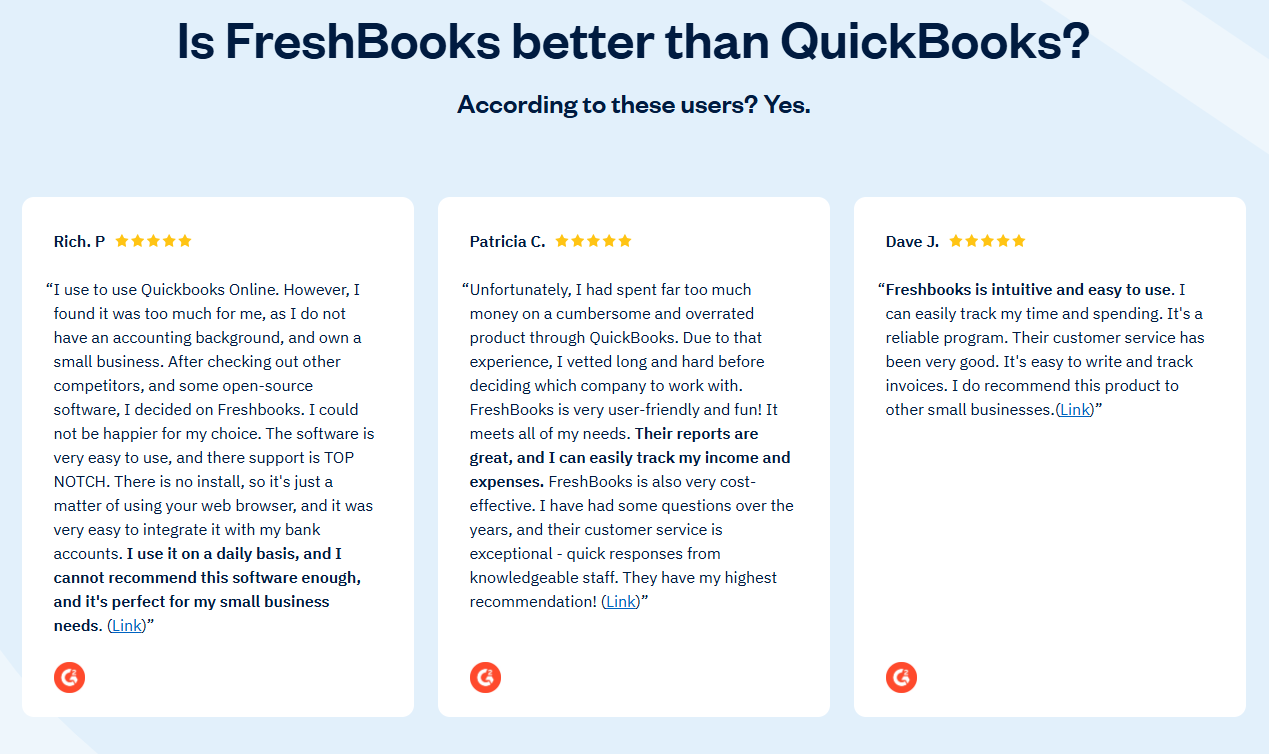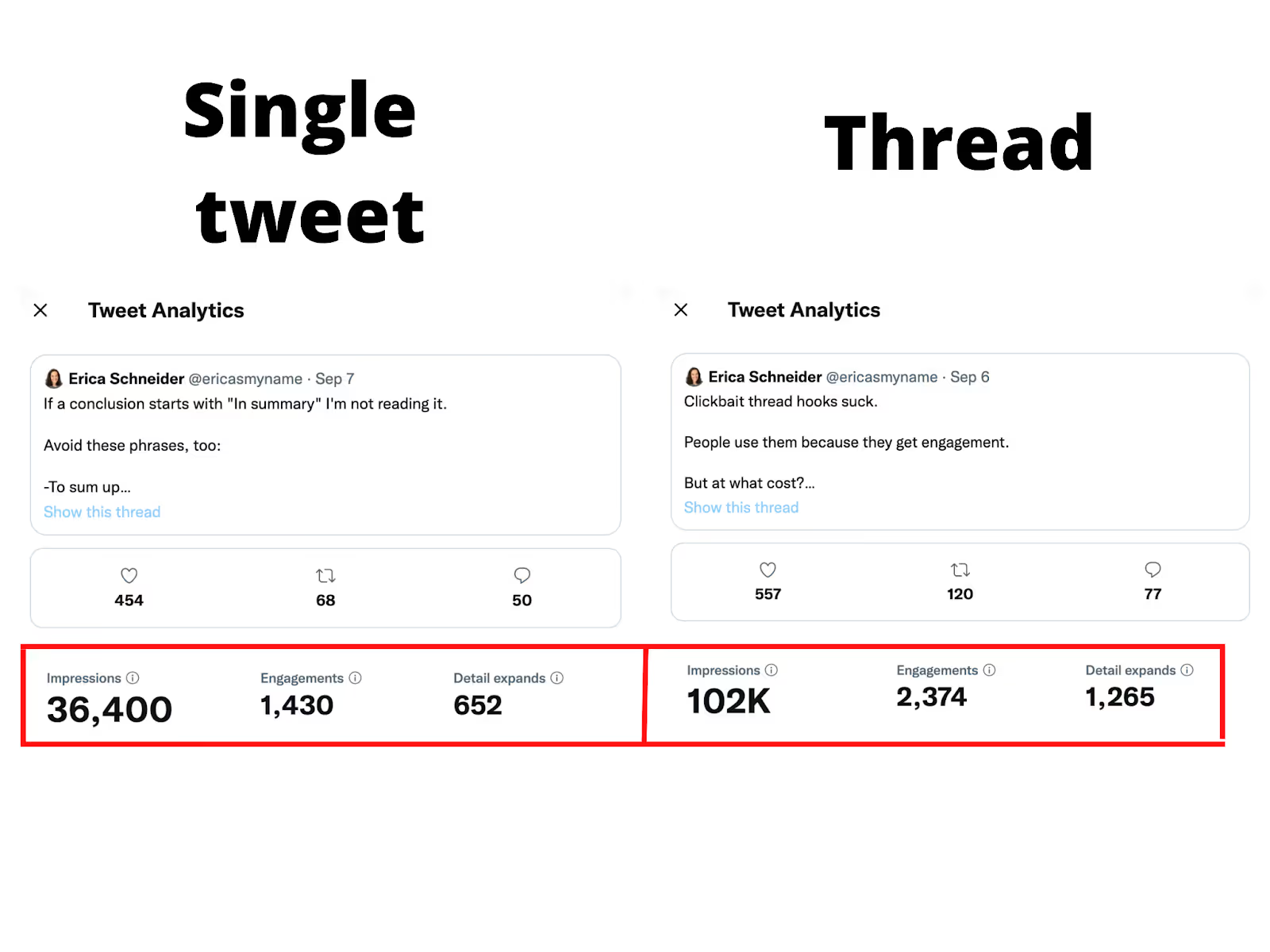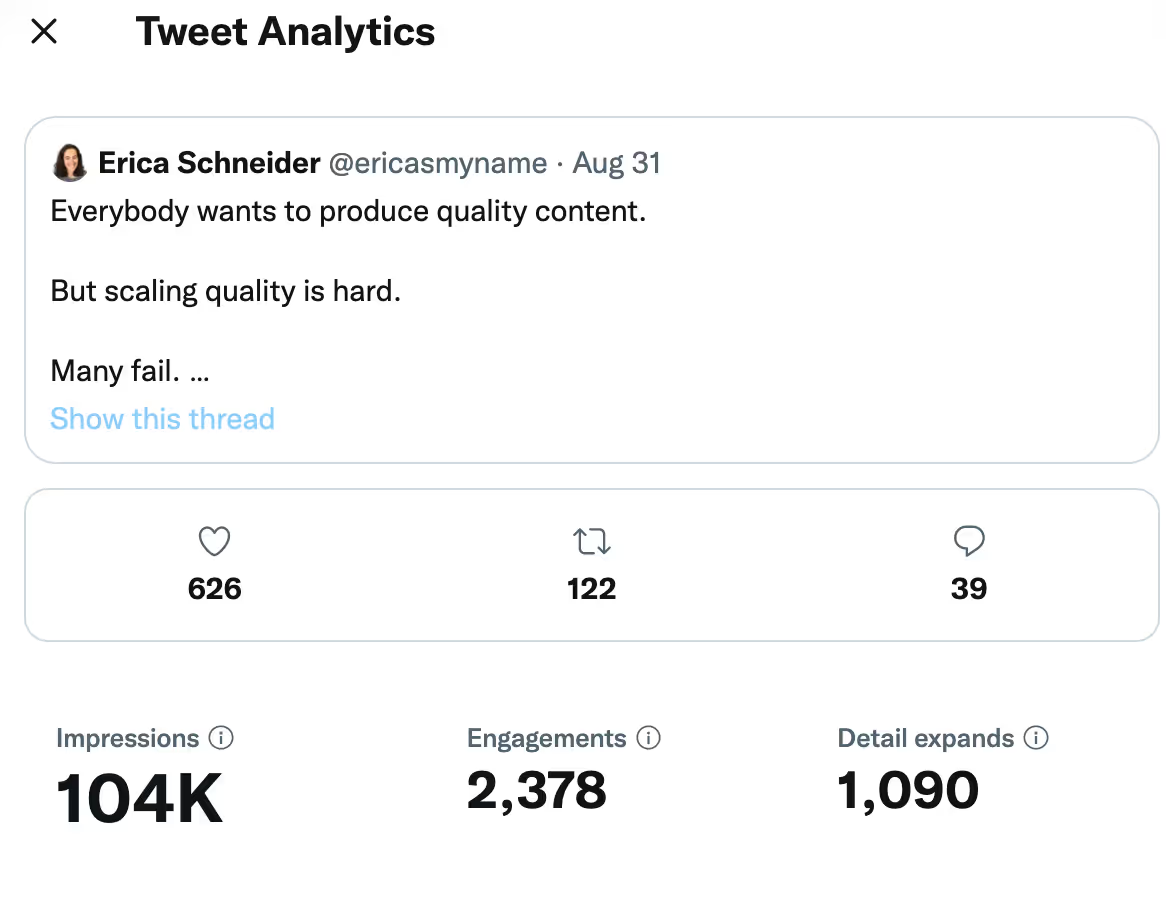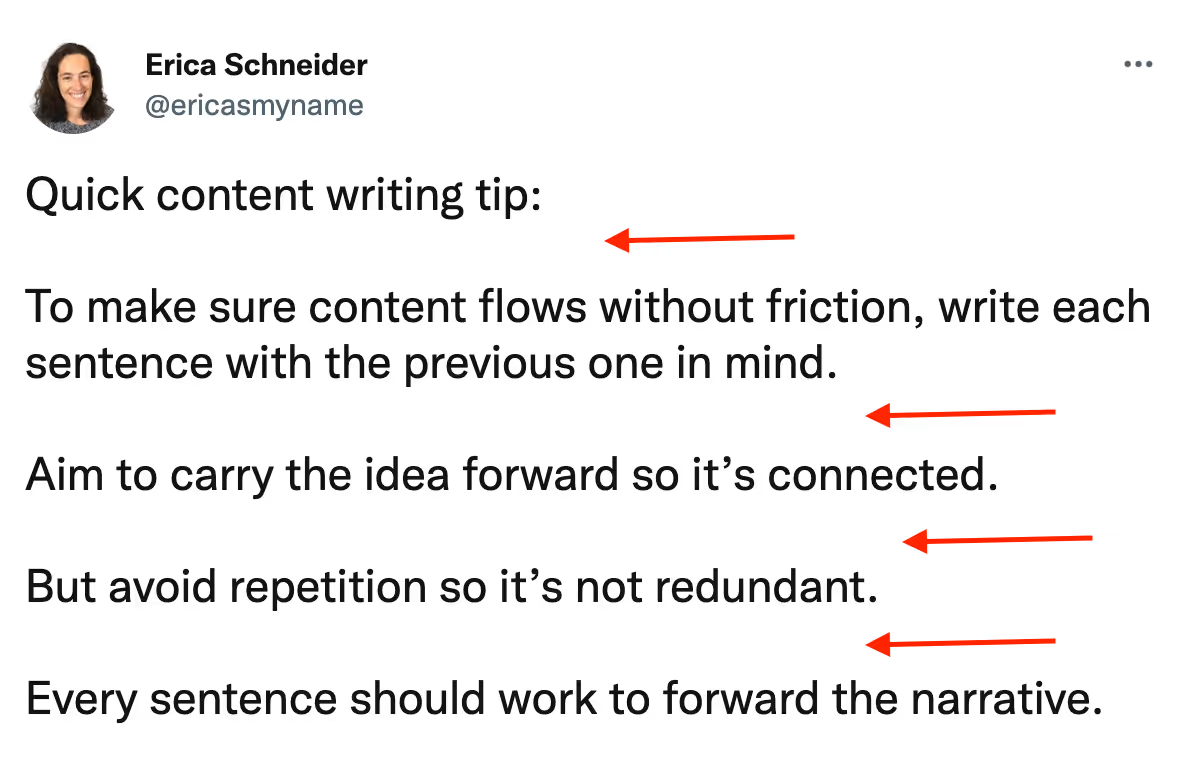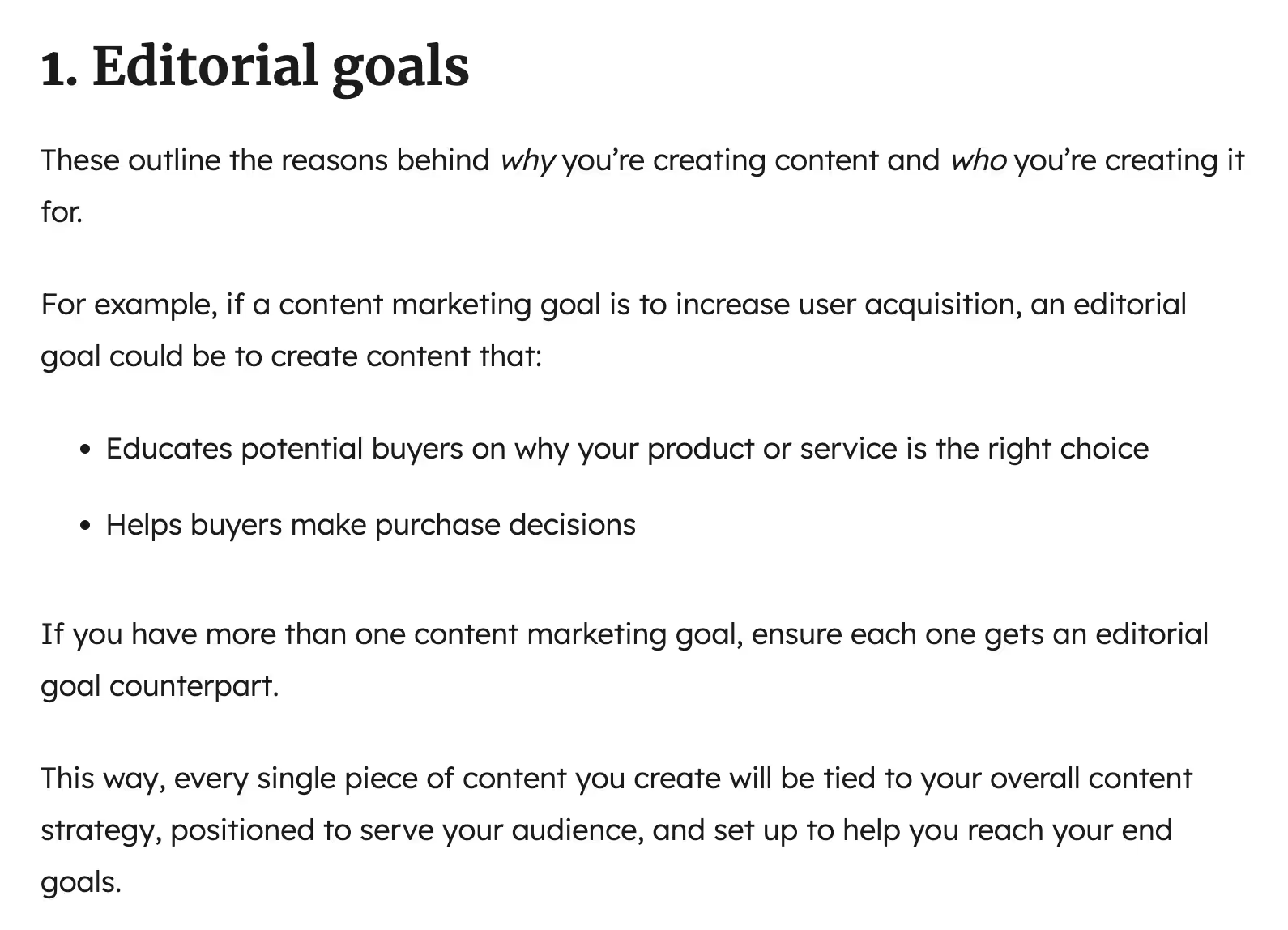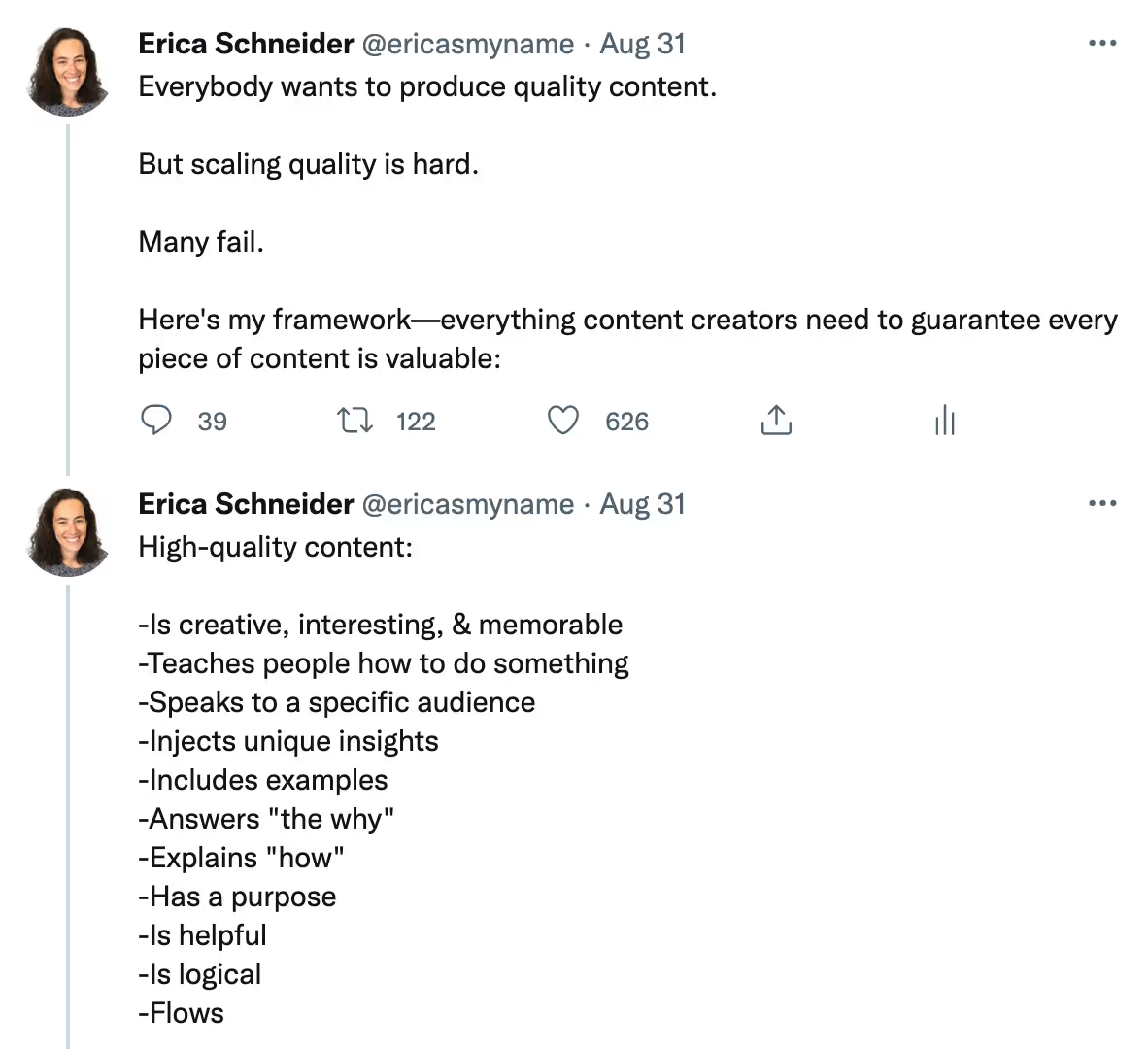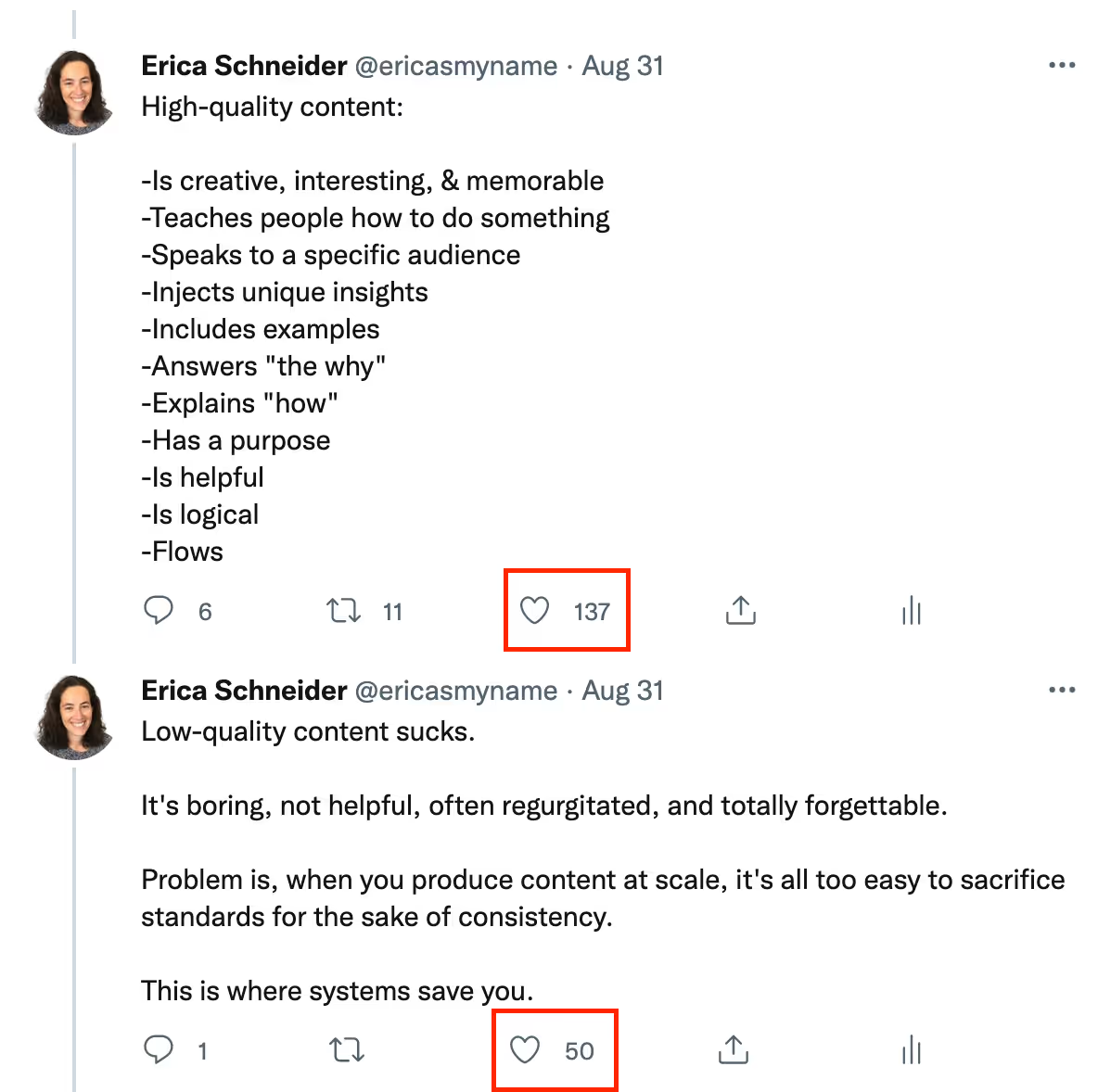But getting results is more challenging than ever. People get so many emails that it’s tough to cut through the noise. Generic B2B emails go unopened, and anything self-promotional gets increasingly sent to the ‘promotion’ tab or spam.
Exit Five is bucking this trend. Its newsletter goes out to 45K+ B2B marketers (growing by the hundreds each week) and gets feedback like:
- “One of the few newsletters I make time to read when it hits my inbox”
- “The Exit Five newsletter is the only business newsletter I read on a regular basis”
What does it take to create a newsletter people actually look forward to?
We spoke to Exit Five’s Head of Content, Danielle Messler, to break down what makes it work and how you can borrow from their playbook.
The most important part of a newsletter isn’t the news
After three years of publishing a fortnightly newsletter and growing her audience to 45K+, MarketingProfs’ Chief Content Officer, Ann Handley, realized a fundamental truth:
“The most important part of the newsletter is the letter, not the news.”
Danielle approaches every newsletter with this philosophy. Where other B2B brands use newsletters merely as a distribution channel, pushing out links to blog posts, Exit Five’s goal is to build relationships.
For Danielle, readers come first:
“It’s important to respect your readers’ time. It matters to readers who the newsletter comes from. It matters what you’re saying. It matters that you make it worth reading.”
This strategy has helped fuel the company’s strongest growth driver: word of mouth.
Subscribers love Exit Five’s newsletter because each one feels like it’s meant for the person reading it. You feel like it was written just for you.
The writing is conversational, fun, and honest. Danielle isn’t afraid to challenge conventions or get confessional.
For example, here she talks about her shortcomings as a marketer:
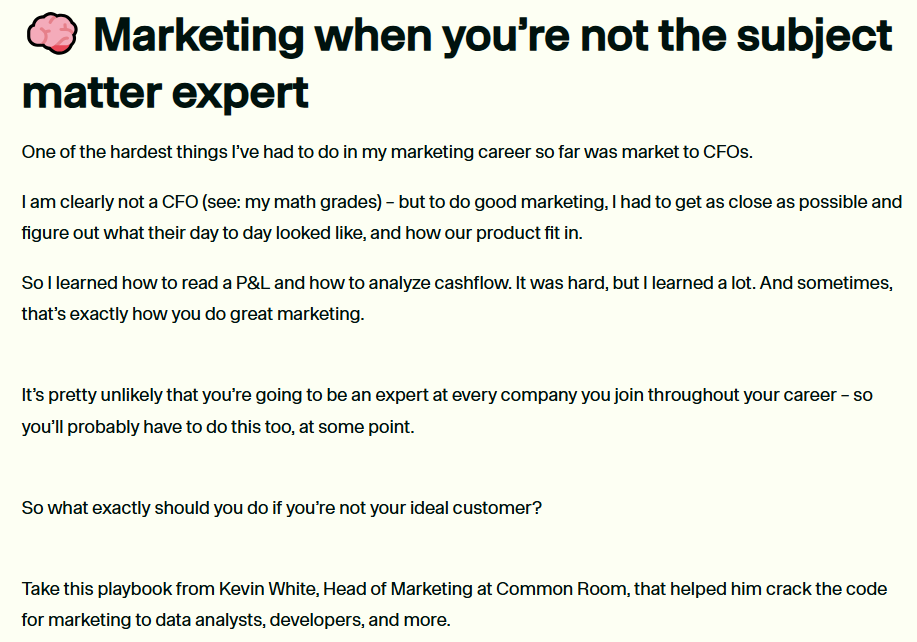
Few newsletters talk about struggles. Which makes Danielle’s email feel infinitely more personal.
Her secret? Write with someone in mind. Not a buyer persona, but someone you actually know is reading.
“For example, today I’m writing an email for Chelsea. I know that she’ll care about this topic. Tomorrow, it’s for Amruta, who I know just started a job where she’s managing an 80-person marketing org. How? They told me.”
It’s a simple mindset shift. Create content like a salesperson, and you risk losing personality and perspective. Write like you’re talking to a friend, and you’ll show who you are and how you think in your voice: human to human.
It’s how you make people care. And how you build relationships that drive organic growth.
Transparency creates trust
Most newsletters are like exclusive clubs. You have to sign up before you know what you’re getting.
The problem with this approach? It’s been abused so many times with irrelevant content that people are skeptical about subscribing.
As Danielle points out:
“It’s a big ask. Our inboxes are packed with a lot of unwanted senders. To invite someone in, I think they’ve got to prove why they deserve to get in the door.”
The best way to prove value? Get rid of the protective wall and show people what they’re missing out on.
Exit Five publishes previous issues on its newsletter landing page:

Framing the page as a publication shows potential subscribers exactly the kind of content they’ll receive. It also helps Exit Five attract the right readership: marketers who might go on to become community members.
The “try before you buy” approach adds a layer of trust and social proof. Without any extra work for writers.
Transparency removes risk. Trust builds subscribers.
Write with a clear takeaway in mind
Danielle’s goal for every newsletter is simple:
“Make sure there’s something in your newsletter readers can learn today. Something they can implement in some way.”
Sometimes, it’s a strategic framework or tactical hack. Other times, it’s tips pulled from conversations or industry research.
Take this breakdown of Mutiny CEO Jaleh Rezaei’s growth strategy:
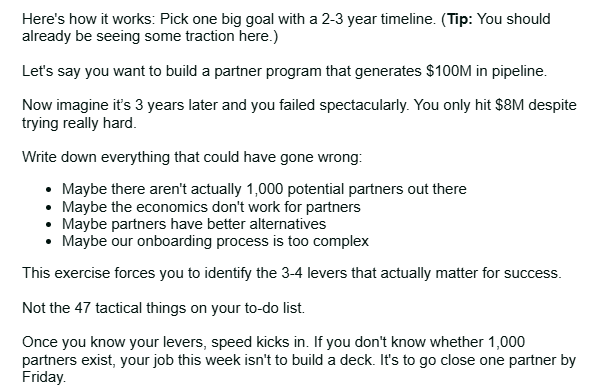
Rather than write about what makes the strategy great, Danielle shows how it works and how to use it today to improve your results:

It’s this kind of actionable content that makes you want to open next week’s email.
But how do you keep coming up with worthwhile ideas so every newsletter has that golden nugget?
First, turn to your audience. Exit Five taps into its community to find topics B2B marketers care about. You can do the same by talking (and listening) to your customers:
- What common challenges do customers share on customer service channels?
- Which conversations are trending on social media?
- What matters to people in your industry right now?
Next, look at your existing content. If something has resonated with your audience on a different channel, repurposing it as a newsletter can expand its reach and impact.
Founder Dave Gerhardt labels it Exit Five’s “content flywheel:”
<iframe src="https://www.linkedin.com/embed/feed/update/urn:li:ugcPost:7188610409480769536?collapsed=1" height="771" width="504" frameborder="0" allowfullscreen="" title="Embedded post"></iframe>
How it works: A LinkedIn post sparks conversation, inspiring a newsletter. Replies to the newsletter guide future content like podcasts, webinars, or community events—restarting the cycle.
Danielle regularly uses the Exit Five podcast for inspiration, turning interviews into tactical plays:
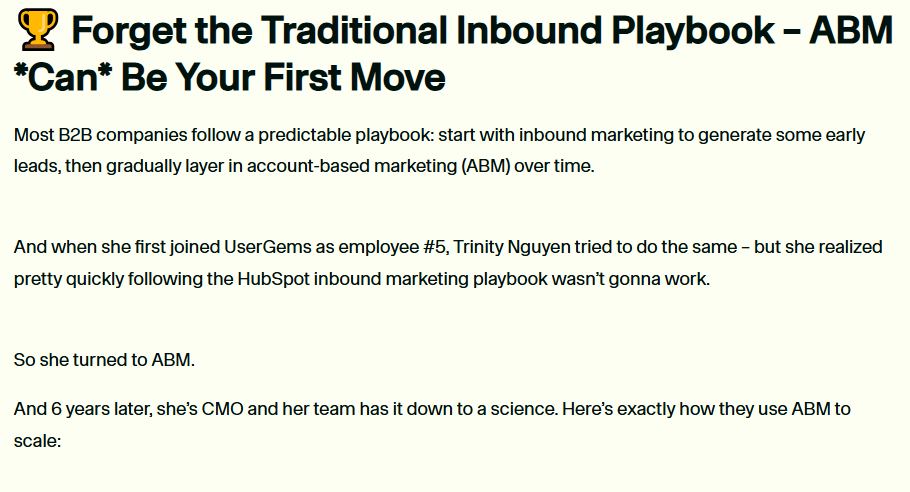
Not repurposing timeless content is doing it a disservice. However, Danielle doesn’t serve up lazy recaps. Instead, she reframes content for depth:
“It is content repurposing in a way, but I avoid regurgitating information. For example, rather than say: ‘Here are three takeaways from the podcast’ in vague terms, I’ll add narrative and a new angle: ‘Dave talked with this person. Here’s what they said about making sure your positioning is clear instead of broad, and here’s how to do it.’”
The takeaway: repurposing isn’t republishing. Find a hook relevant to your newsletter audience, then use it to bring lessons into the present.
Writing to a large audience? Creating more than one newsletter might be a good idea
Exit Five newsletter subscribers get two newsletters a week(ish):
- The Exit Five Weekly Newsletter: Strategic, long-form insights every Tuesday
- Marketing Snack: Bite-size tactics (almost) every Thursday
Both newsletters go out to the same list, are written in the same tone, and have the same relationship-building goal—not dumping content.
So why bother? It makes sense to set up multiple newsletters to optimize for different goals or audiences (e.g., educating one list and upselling to another), but targeting one list with similar content seems like a lot of extra work.
It comes back to value.
Subscribers get two lots of expertly curated insights for the price of one email address. If one of these emails was promotional, that’s not what people signed up for. You risk losing trust and subscribers. When both are packed with actionable tips, it’s another reason to engage.
Using different formats is a great way to appeal to different reading styles. It also keeps content fresh.
Subscribers who gravitate towards one newsletter still get the value they expect. Your open rates are still healthy, ensuring you keep a large audience happy.
Plus, you get more data to understand your audience and create meaningful content.
Tracking open rates and CTRs is good, but replies are even better
Open rates and click-through rates (CTR) are core metrics for any B2B marketer, but they don’t tell you much about the person reading.
Replies, however, do.
Danielle values email replies above other key performance indicators for two reasons:
1. From the strategy side, replies boost deliverability. They tell email clients that recipients want you in their inbox.
2. They drive genuine conversation and connection. Exactly what you want when trying to build relationships.
How do you get people to reply? Ask them.
Danielle does this with value-led P.S.
For example, in the email below, she asks readers for their thoughts on the topic. Encouraging subscribers to get involved in the conversation helps them feel valued:

Adding a P.S. captures the attention of readers who may have skimmed through your email. Those extra thoughts or calls to action stand out.
Exit Five’s newsletters get as many as 30–40 replies. Numbers that are almost unheard of in B2B marketing.
However, there’s another crucial reason why Danielle’s tactic works. Dave Gerhardt nails it in a LinkedIn post about how Danielle’s writing is “super unscalable:”
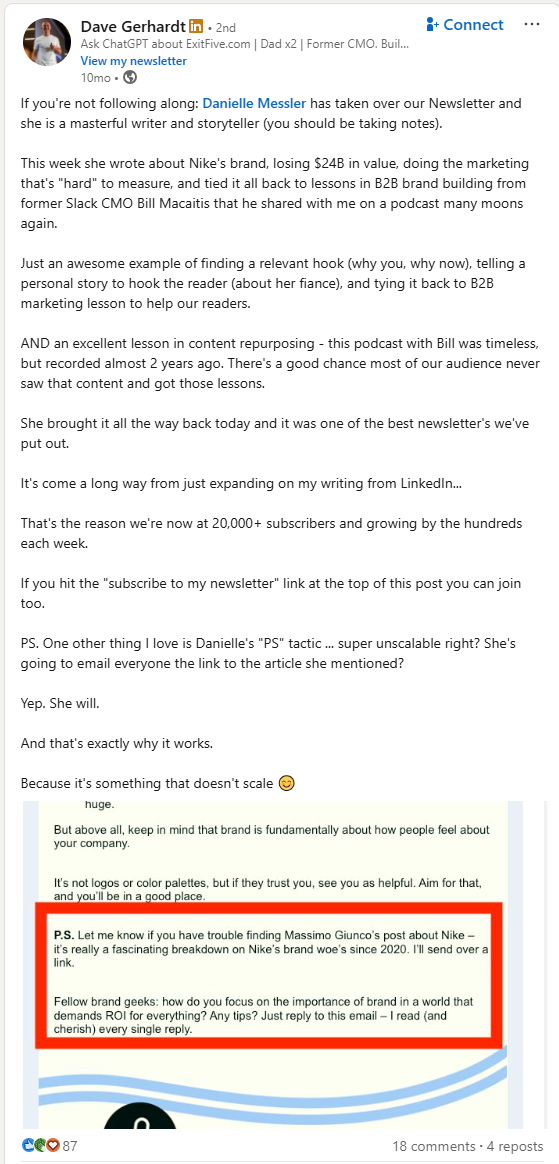
Danielle reads and replies to every email. How’s that for value?
Automation helps streamline transactional emails. But for newsletters, there’s no beating genuine human connections.
Focus on building relationships with the few users who reply to your emails. They’ll become loyal fans who help grow your platform.
If you want people to open your emails, build curiosity
Most people aren’t looking out for your newsletter when they check their inboxes. Research from Zero Bounce shows they’re more interested in emails from work, friends, and family or brand discounts:
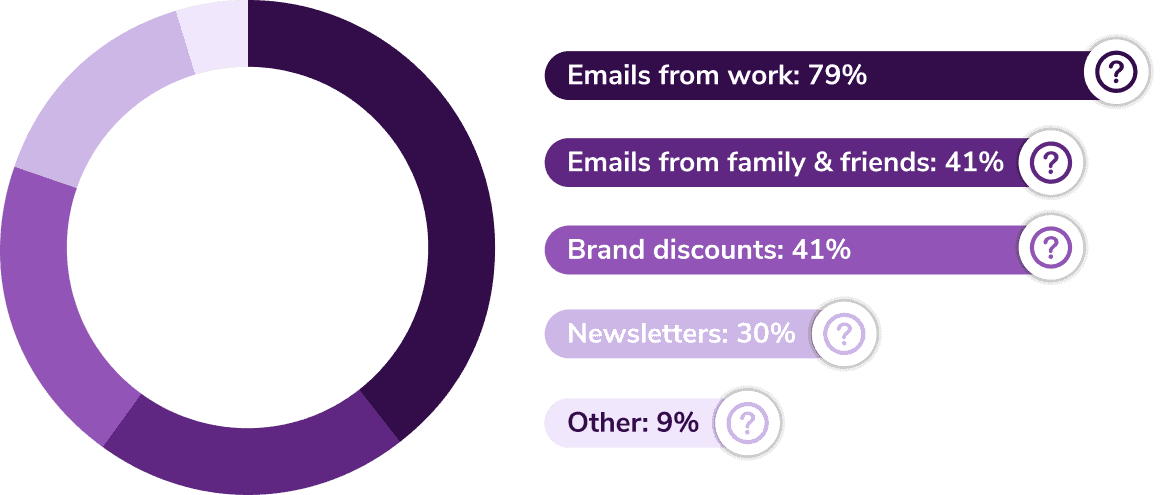
This is what you’re up against. Your emails have to work hard to grab attention.
Exit Five’s newsletter open rate is consistently above the industry average, so they’re winning the battle.
Sending value-packed newsletters every week is a major factor. Zero Bounce suggests relevancy as the top reason people open brand emails. The next-biggest factor is subject lines:
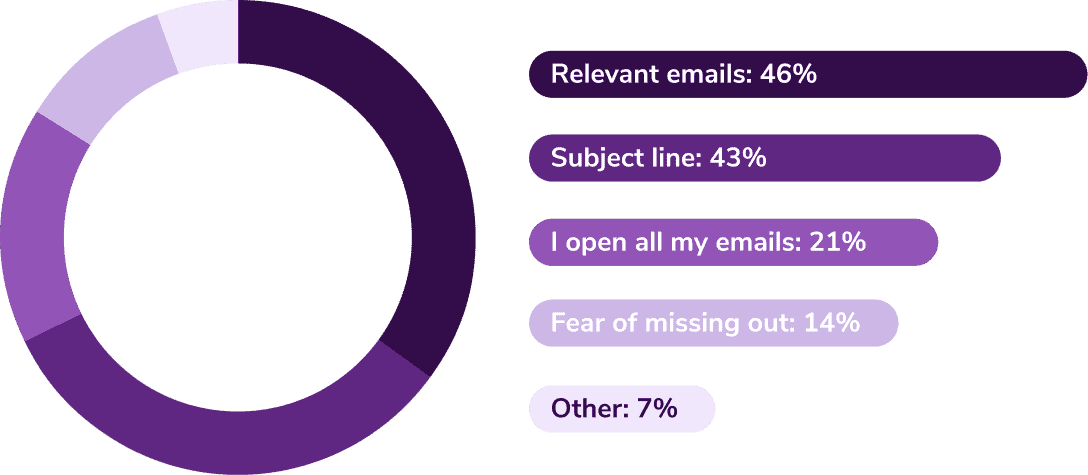
To get clicks, Danielle uses a tried-and-trusted storytelling tactic in her subject lines:
“The art of storytelling is withholding information, but you also want to give them just enough that they know it’s valuable.”
Copyhackers founder Joanna Wiebe calls this the “curiosity gap:”
“Your prospects want to fill the information gap. Your job as a copywriter or marketer is to delay filling the gap for as long as you can—without introducing too much discomfort—in order to keep your visitors engaged.”
Consider this subject line from a recent Exit Five newsletter:
- “Here’s what to do when you’re not the subject matter expert”
If you’re not a subject matter expert, you’ll want to know what’s inside that can help you improve your marketing skillset. If you are a subject matter expert, the “here’s what to do” part piques curiosity enough to want to read more.
Here’s another of Danielle’s subject lines:
- “The mindset shift that helps marketing leaders move faster”
What mindset shift? You immediately want to click to find out.
Use the curiosity gap to make your emails enticing. However, be careful not to mislead readers.
Exit Five’s subject lines work because they never feel like clickbait. They’re relevant to the content. Each email follows through on the small amount of information it introduces.
Rewarding people for their curiosity makes them more likely to open your next email.
The best way to practice this kind of headline?
Look at your own inbox. Find subject lines that make you click, and adapt them to your content.
Tracking open rates over time will help you spot the kinds of hooks your audience engages with.
The perfect time to start a newsletter is now
Email newsletters as a marketing tool are in a good place. Beehiiv’s State of Email Newsletters report shows that newsletters sent on its platform increased by 96.2% year over year in 2024.
You might see that as a sign you’re entering an overcrowded market. Still, revenue and core engagement are healthy, and spam remains low across various industries.
The appetite for good newsletters is here to stay.
But when Danielle says the best time to start a newsletter is now, she means not waiting around for perfection.
“You’ve got to get at least 10 newsletters in before you actually know what the format is going to be and what works, and get into a good rhythm.”
“I’ve done this a ton of times—giving up because I don’t have the perfect format from the beginning. No one’s really going to care if you change it by issue 10.”
Iteration is part of the email marketing process. You can tweak and improve every element over time.
Start small, experiment, and don’t be afraid to go against the grain.
Will you lose subscribers? People unsubscribe for all kinds of reasons. As Danielle says:
“Don’t take it personally. Just keep getting the reps in.”
A B2B newsletter is the product
A good B2B newsletter isn’t a tool to sell. It’s a product that should offer readers value in a way your competitors can’t.
Focus on what matters to your audience, and show up like a human (flaws and all) with something relevant and helpful to say. Doing this consistently will build trust, grow your following, and ultimately boost business revenue.



